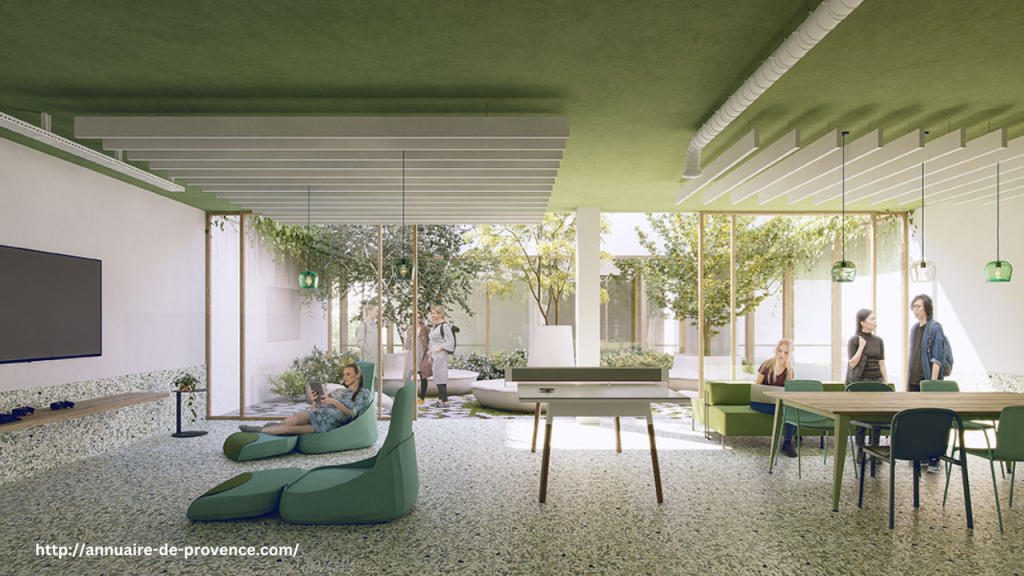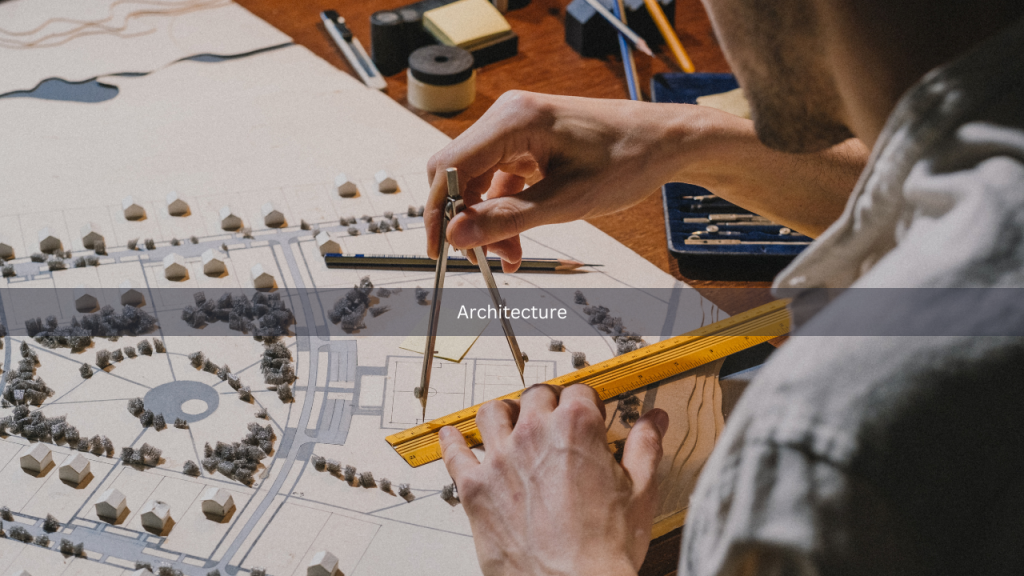
Architecture is a profession that blends creativity, technical skill, and problem-solving to shape the built environment. While it offers immense artistic and professional fulfillment, it also comes with unique mental health challenges. The high-pressure nature of the industry, the culture of overwork, and the pursuit of perfection can contribute to stress, anxiety, depression, and even substance abuse. Many architects struggle to balance their passion for design with the personal toll it takes on their well-being, leading to a crisis that often remains hidden beneath the surface.
The Mental Burden of Architecture
One of the primary factors affecting architects’ mental health is the immense pressure of the job. Architects must balance creative vision with strict technical, legal, and financial constraints. Meeting client expectations while adhering to zoning laws, budgets, and safety regulations creates a high-stress environment. Additionally, the iterative design process—where projects are constantly reviewed, revised, and sometimes rejected—can lead to frustration and self-doubt. This cycle of intense work, followed by criticism and revisions, can take a toll on an architect’s confidence and emotional stability.
Moreover, the demand for perfection in architecture intensifies mental strain. Architects are expected to create innovative, functional, and aesthetically pleasing designs, often with limited time and resources. The fear of making mistakes, failing a client, or delivering subpar work can lead to anxiety and obsessive work habits. This pressure to achieve excellence can push architects toward unhealthy coping mechanisms, including substance abuse.
The Culture of Overwork and Isolation
Architecture is notorious for its grueling work culture. Many architects work long hours, including nights and weekends, to meet project deadlines. In competitive firms, overwork is often seen as a badge of honor, leading young architects to sacrifice their health in the name of career advancement. This relentless workload contributes to exhaustion, burnout, and a lack of personal time for self-care, hobbies, and relationships.
Additionally, architecture can be an isolating profession. Many architects spend long hours alone, either drafting plans, working in studios, or dealing with project complexities. Isolation, combined with the stress of the job, increases the risk of mental health issues like depression and substance dependency. Without a strong support system or coping strategies, some architects turn to alcohol, drugs, or stimulants to manage their workload or escape their emotional struggles.
Creativity and Substance Abuse: A Dangerous Link
There is a long-standing stereotype that creative professionals, including architects, are more prone to substance abuse. While creativity and mental illness are not inherently linked, the pressures of producing groundbreaking designs under extreme conditions can lead some architects to seek relief through alcohol, stimulants, or prescription medications. Some may use stimulants to maintain focus and energy during late-night work sessions, while others may rely on alcohol or depressants to relax after high-stress days.
Building a Healthier Future
To combat the growing mental health crisis in architecture, firms and industry leaders must prioritize well-being. Workplaces should promote healthier work-life balance, provide mental health resources, and encourage open discussions about stress management. Architects themselves must also recognize the importance of self-care, setting boundaries, and seeking support when needed.
By addressing the mental health challenges within the profession, architecture can move toward a future where creativity thrives without crisis—allowing architects to design not only beautiful structures but also healthier lives for themselves.







 In the competitive and demanding field of architecture, professionals are often admired for their creativity, precision, and vision. Yet, behind the facade of success, many architects face a silent struggle with addiction. The journey of architects in overcoming addiction is a challenging one, marked by unique pressures and obstacles that require resilience, support, and a commitment to personal growth.
In the competitive and demanding field of architecture, professionals are often admired for their creativity, precision, and vision. Yet, behind the facade of success, many architects face a silent struggle with addiction. The journey of architects in overcoming addiction is a challenging one, marked by unique pressures and obstacles that require resilience, support, and a commitment to personal growth. In the creative realm of architecture, where innovation meets precision, the image of perfection often conceals a darker reality – the prevalence of addiction among design professionals. Architects, despite their talent for envisioning and constructing aesthetically pleasing structures, grapple with unique stressors and pressures that can contribute to substance abuse. In this exploration, we delve into the factors that may contribute to addiction within the architectural profession.
In the creative realm of architecture, where innovation meets precision, the image of perfection often conceals a darker reality – the prevalence of addiction among design professionals. Architects, despite their talent for envisioning and constructing aesthetically pleasing structures, grapple with unique stressors and pressures that can contribute to substance abuse. In this exploration, we delve into the factors that may contribute to addiction within the architectural profession.